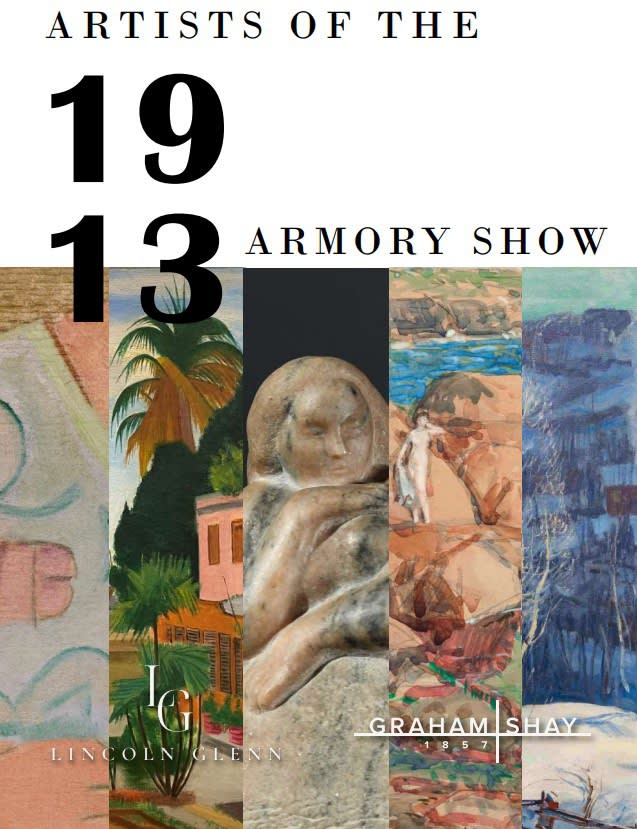A painter best known for views of New York City and the New England coast, Jonas Lie worked in a vigorous, colorful style reflecting the influence of French Impressionism and the realism of the Ashcan School. He was born in Moss, Norway, the son of a Norwegian engineer and his American wife.
When his father died in 1892, Lie's life changed abruptly. He was sent to live for three months with Christian Skredvig, a painter who resided near Oslo. Then, he was sent to live with his uncle in Paris. Lie found himself at the center of a community of expatriated Scandinavian literary figures. Among those who visited his uncle's home were the Norwegian composer Edvard Grieg and the Norwegian playwright Hendrik Ibsen. After learning of his interest in drawing, Lie's uncle enrolled him in a small private art school and took him on visits to the Louvre.
Lie's life changed again in 1893, when he was reunited with his mother and sisters in New York. After graduating from school, Lie was faced with the responsibility of supporting his mother and sisters and took a job as designer of textile patterns at Manchester Mills, New York. During the evenings he attended classes at the National Academy of Design, Cooper Union, and the Art Students League. He spent his Sundays painting in his Manhattan studio and sketching at Rockaway Beach. His role model during his early New York years was Fritz Thaulow, a Norwegian painter who worked in an Impressionist style.
After leaving his job in 1906 to concentrate on art, Lie became influenced by the works of the Eight, the group of American artists who were focusing on urban subjects, which they painted in a realist fashion with dark tonalities and vigorous brushwork. Lie embraced the ideology of the Eight and adopted their bold techniques.
In 1909, Lie returned to Paris, spending three months painting along the Seine. Upon returning to America Lie expanded his subject matter to include views of mountainous countrysides and shores. He began to paint along the New England coast and in the Adirondacks, subjects he focused on throughout the rest of his career.
In 1913, Lie traveled to Panama, where he observed and recorded the construction of the Panama Canal. Lie's Panama Canal series brought him a significant amount of renown.
In the years after his return from Panama, Lie was a popular and outspoken figure in the New York art scene. In 1919, he led a protest against the jury system of the National Academy of Design that ended in a revolt by a group of prominent artists. This group, which included Paul Manship, George Bellows, and Joseph Pennell, established the American Painters, Sculptors, and Gravers Society. Despite his participation in a separatist group, Lie did not resign from the National Academy. Remaining a member of the Academy, he helped to initiate changes in the organization's policies, and in 1934, he was elected president of the Academy, a post he held until 1939.
